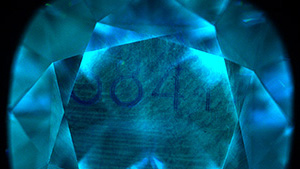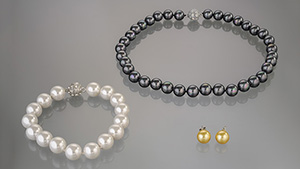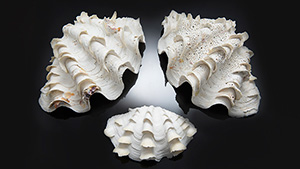
The quality and size of this 4.04 ct CVD-grown diamond ring demonstrate the advancing technology in laboratory-grown diamonds.
Read MoreModern gemologists use the word “jade” as a generic term for both nephrite and jadeite. These minerals have been linked throughout history.
Read More
A new type of invisible marking in CVD diamonds suggests a possible security measure.
Read More
A look at a 34.59 ct CVD-grown diamond examined at GIA’s Hong Kong laboratory.
Read More
The gemological and spectroscopic characteristics of these type IIa synthetic diamonds suggested that they experienced different growth and/or treatment histories.
Read More
A combination of trace-element analysis and UV-visible spectroscopy clearly indicated that the yellow color originated from the much more effective chromophore known as “trapped holes,” associated with the trace amount of Mg and Cr in this stone.
Read More
Examination of commercially-available "shell pearls" reveals imitation material.
Read More
The New York lab investigates the use of the shells of Tridacna species as imitation pearls.
Read More
Numerous natural-looking dark red solid inclusions are observed in a flame-fusion laboratory-grown ruby.
Read More
The Carlsbad laboratory receives three large synthetic rutile brilliants, one of which is the largest encountered at GIA.
Read More